Tsunami Danger Zones in California
In the picturesque landscape of California’s stunning coastline, a hidden menace lurks beneath the waves—tsunamis. These colossal waves, born from seismic upheavals and powerful undersea disturbances, possess the potential to unleash catastrophic devastation along the vulnerable Californian shoreline. Understanding the Tsunami Danger Zones in California is paramount, as it equips us with the knowledge to safeguard lives, mitigate risks, and fortify our coastal communities.
Understanding Tsunamis
Unleashing Nature’s Fury: Decoding the Enigma of Tsunamis
Tsunamis, often called “tidal waves” (despite their lack of association with tides), are awe-inspiring natural phenomena that arise from seismic events. These seismic activities, including earthquakes, volcanic eruptions, and underwater landslides, trigger the displacement of colossal volumes of water, setting in motion a chain of events that culminate in the formation of destructive tsunamis. We must delve into the mechanisms behind these mighty waves to comprehend the topic.
Historical Tsunamis in California
Echoes of the Past: Recounting the Tsunamis that Shook California
California’s history is marred by the haunting echoes of past tsunamis that have struck its unsuspecting shores. From the Great 1964 Alaska Earthquake to the devastating 2011 Tohoku Earthquake in Japan, the repercussions of these cataclysmic events rippled across the Pacific Ocean, unleashing their destructive force upon California’s coastal communities. Examining these historical tsunamis gives us invaluable insights into our current vulnerabilities.
Tsunami Warning Systems
The Watchful Guardians: Unveiling California’s Tsunami Warning Systems
California has developed robust warning systems capable of detecting and alerting residents about these lethal waves to safeguard lives in the face of an impending tsunami. This intricate network, helmed by government agencies and dedicated organizations, constantly monitors seismic activity, sea level fluctuations, and buoy sensors to provide timely and critical warnings. The effectiveness of these systems plays a pivotal role in mitigating the impact of tsunamis.
Coastal Geology and Tsunami Vulnerability
The Geologic Tapestry: Unraveling the Vulnerability of California’s Coastline
The complex geology of California’s coastline is key to understanding its susceptibility to tsunamis. Factors such as subduction zones, fault lines, and underwater topography interact to shape the Tsunami Danger Zones. By meticulously analyzing these geological characteristics, we can identify areas inherently more vulnerable to the devastating onslaught of tsunamis.
High-Risk Areas: Northern California
Peril on the Horizon: Unmasking the High-Risk Tsunami Zones in Northern California
Northern California’s serene coastal beauty belies the lurking danger of tsunamis. The region, encompassing areas such as Crescent City and Humboldt Bay, stands at the forefront of the Tsunami Danger Zones. The unique combination of tectonic activity, bathymetry, and coastal morphology renders this area particularly vulnerable to the wrath of tsunamis. Understanding Northern California’s risks is crucial to devising effective preparedness strategies.
High-Risk Areas: Central California
The Tempestuous Center: Spotlight on Central California’s Tsunami Danger Zones
Central California, with its vibrant coastal communities like Monterey and Santa Barbara, harbours hidden danger in the form of Tsunami Danger Zones. This region, characterized by intricate fault systems and proximity to subduction zones, faces an imminent threat from tsunamis. As we explore the vulnerabilities of Central California, it becomes evident that proactive measures are necessary to save the lives and livelihoods of its residents.
High-Risk Areas: Southern California
The Shifting Sands: Exposing Southern California’s Tsunami Danger Zones
Southern California, an idyllic destination renowned for its sandy beaches and warm climate, is not immune to the perils of tsunamis. These vibrant coastal communities lie within the Tsunami Danger Zones from Los Angeles to San Diego. The interplay of local fault systems, active submarine canyons, and the potential for distant tsunamis necessitates heightened preparedness to mitigate the impact on this densely populated region.
Tsunami Evacuation Plans and Preparedness
Race Against Time: Unveiling Tsunami Evacuation Plans and Preparedness Measures
Time becomes the most precious commodity for those residing within the Tsunami Danger Zones when the warning sirens blare. Effective evacuation plans, meticulously crafted by local authorities and emergency management agencies, ensure the safe evacuation of residents and visitors. In this section, we will give details of evacuation strategies, community preparedness, and the role of education in enhancing survival rates.
Engineering Solutions for Tsunami Resilience
Building a Fortress: Engineering Solutions to Bolster Tsunami Resilience
As tsunamis loom over California’s coastline, engineers and architects have taken up the challenge of constructing resilient infrastructure to withstand the onslaught of these mighty waves. By employing innovative design techniques, such as breakwaters, seawalls, and elevated structures, they strive to fortify vulnerable coastal communities within the Tsunami Danger Zones. This section explores the engineering marvels aimed at minimizing the destruction caused by tsunamis.
Coastal Development and Tsunami Risk
Walking a Tightrope: Balancing Coastal Development and Tsunami Risk Reduction
The allure of California’s coastline has long enticed developers to create thriving communities in the Tsunami Danger Zones. However, the proximity to the ocean brings an inherent risk that must be carefully managed. This section delves into the delicate balance between coastal development aspirations and the imperative to reduce tsunami risks. It examines strategies to harmonize growth with risk reduction measures, ensuring the resilience of coastal communities.
Tsunami Education and Awareness Programs
Knowledge is Power: Unleashing Tsunami Education and Awareness Programs
Arming residents and visitors with knowledge is a potent weapon in the battle against tsunamis. Education and awareness programs are pivotal in ensuring that individuals within the Tsunami Danger Zones are equipped with the information necessary to make informed decisions during an emergency. By fostering a culture of preparedness and understanding, we can save lives and minimize the devastating impact of tsunamis.
Tsunami Drills and Exercises
Practice Makes Perfect: The Importance of Tsunami Drills and Exercises
In the face of an imminent tsunami, preparedness becomes paramount. Tsunami drills and exercises provide communities within the Tsunami Danger Zones with an opportunity to test their emergency response plans, assess their readiness, and identify areas for improvement. This section emphasizes the significance of regular drills and exercises to enhance coordination, communication, and the ability to swiftly execute evacuation procedures.
Impacts of Climate Change on Tsunami Risk
Climate’s Unseen Hand: Unraveling the Interplay Between Climate Change and Tsunami Risk
The spectre of climate change casts a long shadow over the Tsunami Danger Zones in California. Rising sea levels, increased storm intensity, and altered oceanic patterns can amplify the frequency and severity of tsunamis. This section examines the intricate relationship between climate change and tsunami risk, underscoring the need for adaptive strategies to address California’s coastline’s evolving threats.
Tsunami Warning Communication Challenges
Silent Waves: Overcoming Tsunami Warning Communication Challenges
Effective communication is the lifeline that connects residents, emergency management agencies, and authorities during a tsunami event. However, disseminating timely and accurate warnings within the Tsunami danger zones in California map poses unique challenges. This section explores the obstacles encountered in communicating tsunami warnings, such as language barriers, technological limitations, and the role of social media, while also proposing innovative solutions to overcome these hurdles.
Tsunami Danger Zone Mapping and Future Predictions
Charting the Course: Tsunami Danger Zone Mapping and Future Predictions
Technology and scientific research advancements have revolutionized our ability to map and predict future tsunami danger zones. By leveraging cutting-edge mapping techniques and sophisticated predictive modelling, scientists can identify areas at heightened risk within the Tsunami Danger Zones in California. This section explores the potential of these advancements to aid in disaster planning, community preparedness, and policy development.
Case Study: Tsunami Preparedness in [City/County Name]
Lessons from the Frontlines: A Case Study of Tsunami Preparedness in [City/County Name]
In this in-depth case study, we zoom in on a specific city or county within the Tsunami in California. By closely examining their tsunami preparedness measures, evacuation plans, community engagement initiatives, and collaboration with stakeholders, we uncover valuable lessons and best practices that can be applied elsewhere. The experiences of this chosen location provide a roadmap for other coastal communities striving to enhance their resilience against tsunamis.
Summary of Tsunami Danger Zones in California
Navigating Troubled Waters: A Comprehensive Summary of Tsunami Danger Zones in California
The Tsunami Danger Zones in California present a formidable challenge that demands unwavering attention. From the vulnerability of Northern California’s coast to the risks faced by Central and Southern California, this article has traversed the vast expanse of coastal peril. It has explored the intricacies of tsunami warning systems, evacuation plans, engineering solutions, and the critical role of education and preparedness. By understanding the Tsunami Danger Zones, we arm ourselves with the knowledge to confront these natural hazards head-on and safeguard the lives of those who call California’s coastline home.
Frequently Asked Questions (FAQs)
What are the Tsunami Danger Zones in California?
The Tsunami Danger Zones in California refer to the coastal areas at heightened risk of being impacted by tsunamis. These zones are determined based on geological characteristics, proximity to fault lines, and historical data of past tsunami events.
How are tsunami warnings issued in California?
Tsunami warnings in California are issued by government agencies and organizations responsible for monitoring seismic activity and sea level changes. They utilize advanced systems and technologies to detect tsunamis and disseminate warnings through various communication channels, including emergency alert systems, sirens, and media outlets.
Are all coastal areas in California equally at risk from tsunamis?
No, the risk of tsunamis varies along the California coastline. Areas closer to subduction zones, fault lines, or with certain geological characteristics are generally considered at higher risk. Northern California, Central California, and Southern California each have distinct vulnerability profiles.
How can individuals prepare for a tsunami within the Tsunami Danger Zones in California?
Individuals can prepare for tsunamis by familiarizing themselves with evacuation routes, creating a family emergency plan, assembling disaster supply kits, and staying informed about tsunami alerts and warnings. Participating in tsunami drills and exercises is also crucial to practice evacuation procedures.
How is climate change affecting tsunami risk in California?
Climate change can influence tsunami risk by altering sea levels, oceanic patterns, and storm intensity. Rising sea levels can amplify the impact of tsunamis, while changes in climate patterns may lead to increased frequency or intensity of storms that generate tsunamis. Ongoing research is focused on understanding and mitigating these potential impacts.
Conclusion
As we conclude this exploration of the Tsunami Danger Zones in California, the urgency of preparedness and resilience reverberates. From understanding the mechanisms of tsunamis to acknowledging the vulnerabilities of specific regions, we have unravelled the complex tapestry of coastal risks. Residents, policymakers, and stakeholders must heed the call to action. By fortifying our warning systems, implementing robust evacuation plans, embracing innovative engineering solutions, and fostering a culture of education and preparedness, we can navigate the troubled waters of tsunamis and safeguard the future of California’s coastal communities.
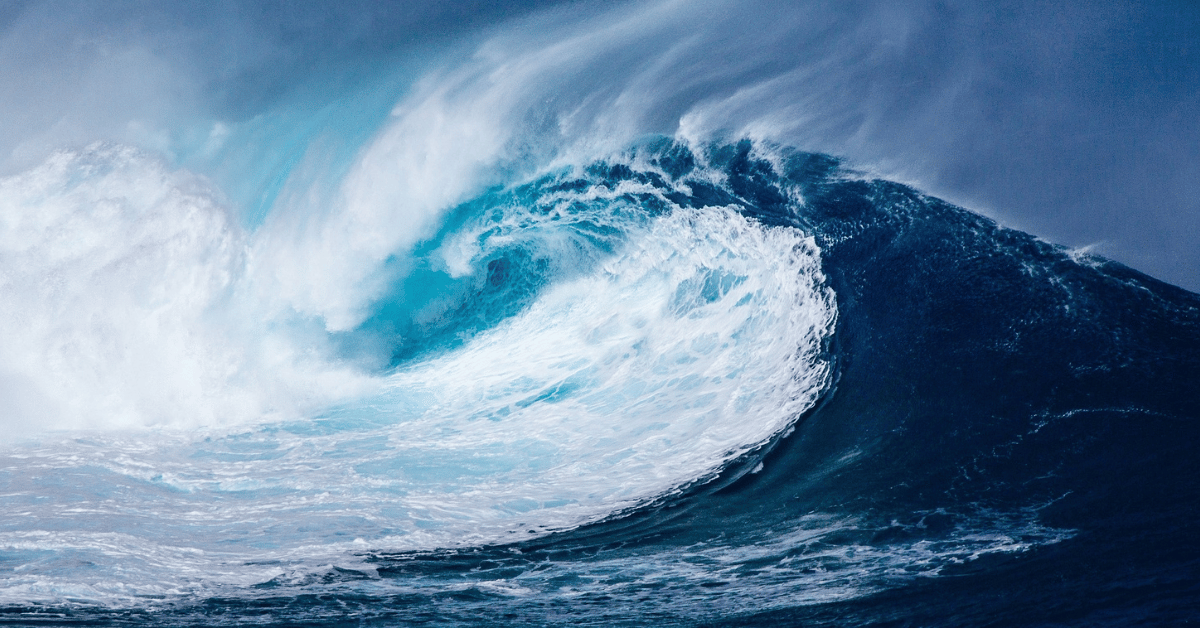
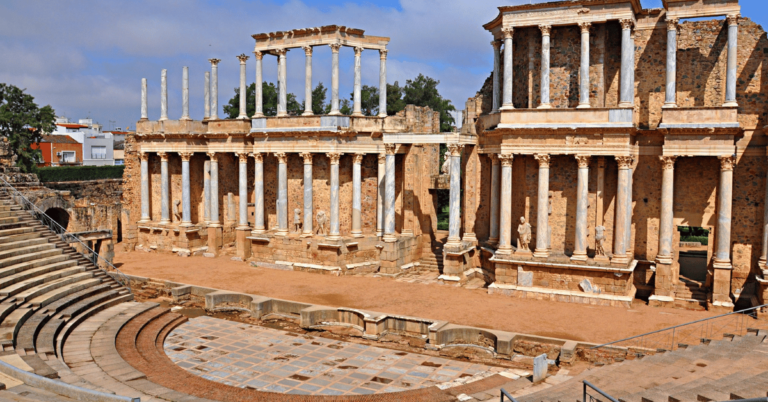

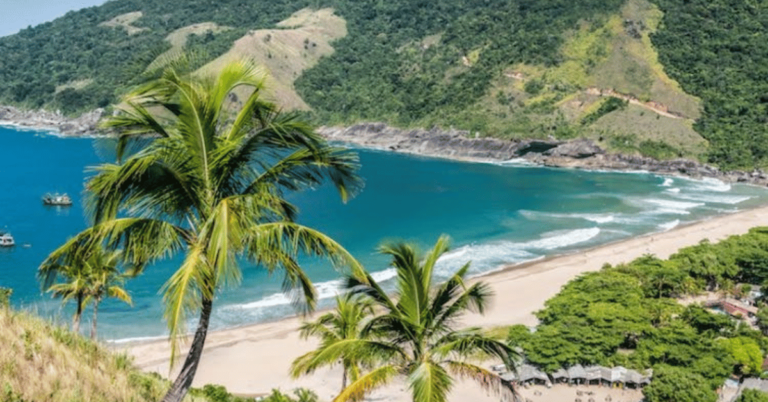
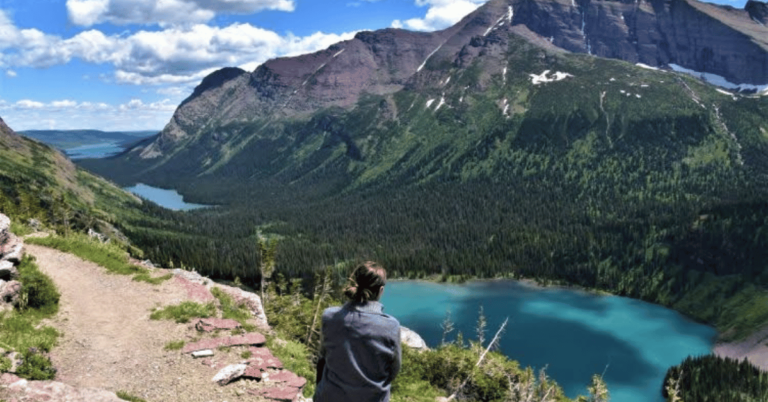
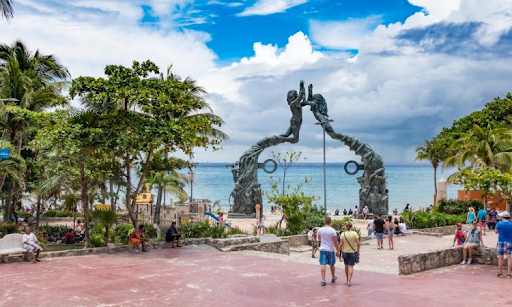

Just wish to say your article is as surprising The clearness in your post is just cool and i could assume youre an expert on this subject Fine with your permission allow me to grab your RSS feed to keep updated with forthcoming post Thanks a million and please keep up the enjoyable work